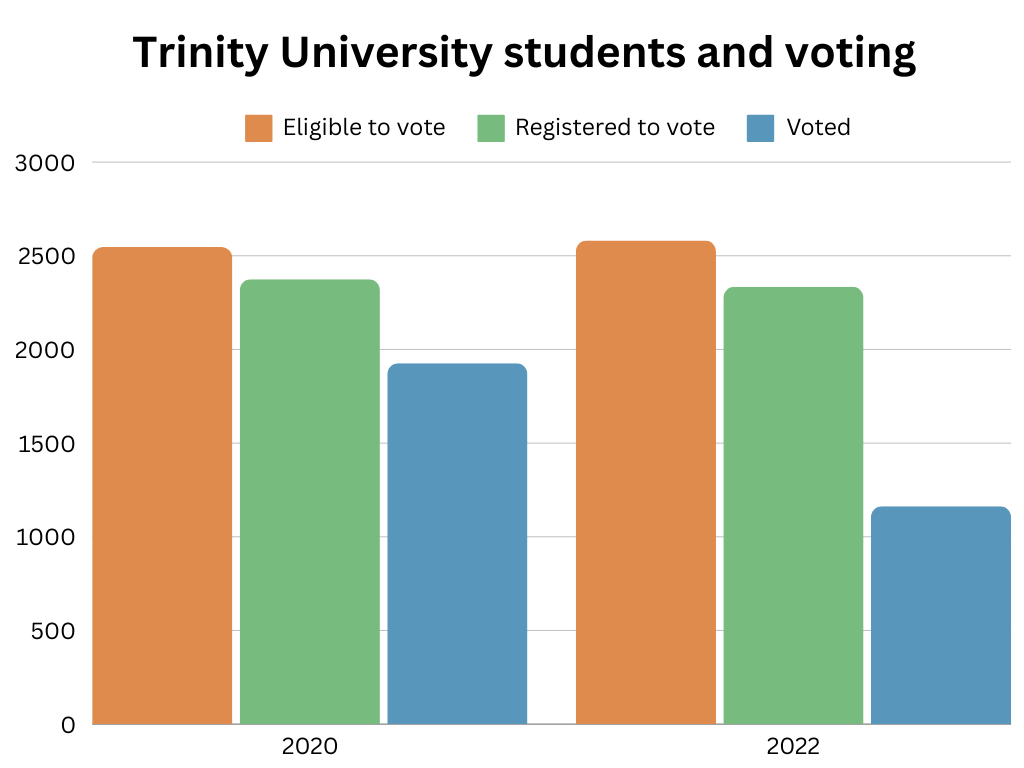Illustration by Ren Rader
October through March of my first two years of college were, without a doubt, two of the hardest periods of my life. Each year, I was plagued by either pneumonia or bronchitis. Both took several months and multiple rounds of medication to treat.
Even after the resolution of each of these illnesses, the malaise, fatigue, coughing, body aches and brain fog persisted. My immune system seemed to take a permanent vacation as well, so that I became sick extremely easily, contracting common cold viruses so frequently that I can honestly say I do not recall a time during my first or sophomore years that I was not sick. My academic performance and mental health suffered a great deal. Others around me did not seem to be getting sick; meanwhile, I battled an invisible demon that affected no one else.
The demon, as it turns out, was mold. I had been allergy tested prior to attending college and had not presented with any kind of mold or environmental allergies at the time and had never had bronchitis or pneumonia before coming to college; meaning that the mold in my Beze room freshman year was potentially severe enough to induce a mold sensitivity and walking pneumonia in less than three months. When I was allergy tested at the end of the Fall 2019 semester, the test was positive for a black mold allergy.
The National Capital Poison Center states that “there is evidence to support an association between damp spaces, indoor mold and respiratory illness.” Off the top of my head, I can recall at least three instances of water leakage or flooding last year in Prassel and Thomas alone. The lack of vent fans in dorm showers contribute to a warm, humid environment that is ideal for mold growth, and simply leaving the bathroom doors open while showering was not enough to prevent a large black mold colony from growing on the wall opposite my shower in Prassel. Other students that I spoke to about this issue reported similar growths in their rooms in multiple dorms across campus that reappeared quickly after cleaning.
A 2006 review estimated that approximately 10 percent of the general population have antibodies to common inhalant molds and are therefore susceptible to the three mechanisms of mold by which it can cause human illness: harmful immune responses (such as allergies or pneumonia), infections and irritation from mold by-products (such as dust mites and bacteria). By this logic, roughly 250 Trinity University students each year are susceptible to the detrimental health effects of mold growing in their living spaces.
At the end of my sophomore year, after the allergy test confirmed that mold was the culprit, I purchased an air purifier and submitted a request to the Department of Environmental Health and Safety for the mold and humidity levels in my Prassel room to be tested.
The employees were extremely kind and responsive and seemed genuinely concerned with what I had been going through. They cleaned the mold from the bathroom wall and concluded that relative humidity and temperature were normal, and mold testing came back “normal.”
However, this was after both the mold had been cleaned and the air purifier had been running for several days, the results may not have been representative of the natural mold levels of the room year-round.
Additionally, these Environmental Health and Safety tests were conducted in May, and the onset of my symptoms began each fall at the beginning of hurricane/rainy season, when humidity and moisture levels were a great deal higher. In fact, in 2018, San Antonio had the rainiest September ever recorded, and it is certainly not unreasonable to infer that this volume of rain would trigger a significant increase in humidity and dampness, and thus an explosion of indoor mold growth.
Although subpar living conditions are almost a rite of passage for college students, no one deserves to live in an environment that actively harms their physiological and mental health. I currently live in City Vista, and its recent construction and improved ventilation prevent mold growth, such that my health has greatly improved since living there. Unfortunately, City Vista was only recently acquired for upperclassmen, such that juniors previously had only older, more mold-prone dorms as housing options. During the 2016-2017 school year, several emotional support animals that resided in South Hall became ill and died, and multiple cases of respiratory illness and asthma were also reported by students living in South.
I am, however, encouraged both by the improved living conditions offered in City Vista, as well as the recent remodeling of South. However, the university will not admit that the remodels are due to a mold problem, and only the living conditions of upperclassmen students are being updated. The well-being of its most vulnerable students, first and second years, who are required to live in dorms, are still at risk. I am lucky enough to have decent healthcare and parents who were actively campaigning for me, and yet, despite this, I still suffered for two years before the issue was even identified. Moving forward, action must be taken to both eliminate mold in the dorms and actively prevent its growth, especially during the rainy season. I am writing this column both to advocate for students who may be going through the same thing and because I believe that our university owes their students housing that will not detract from their quality of life.







Moni • Nov 14, 2019 at 9:19 pm
That explains terrible allergies I got in my undergrad.